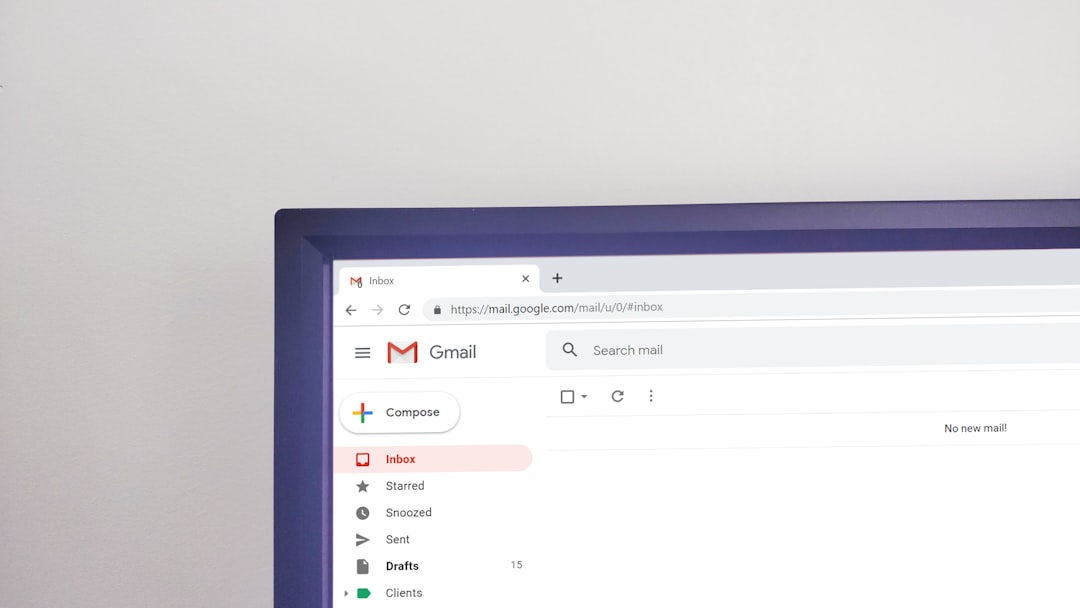Table of Contents
- Introduction
- Understand your audience’s needs and interests.
- Craft engaging and relevant content.
- Offer valuable information, tips, or resources.
- Soft sell by subtly incorporating product/service mentions.
- Provide exclusive discounts or promotions.
- Use storytelling to connect emotionally with your audience.
- Encourage interaction and feedback from recipients.
- Segment your email list for targeted messaging.
- Conclusion
- Frequently Asked Questions
Introduction
Are you tired of constantly bombarding your email subscribers with sales pitches that never seem to convert? Well, get ready to uncover the ultimate email marketing secret that will change the way you approach selling via email forever!
In this article, we will reveal how to sell without selling in every email. Yes, you read that right. You can influence your audience, build trust, and boost conversions without resorting to aggressive sales tactics.
Imagine sending out emails that not only engage your readers but also drive them to take action, all without feeling like you’re pushing a product or service on them. Sounds like a dream, right? We’re here to tell you that it’s entirely possible.
Get ready to learn the art of crafting persuasive emails that resonate with your audience on a deeper level. Say goodbye to traditional sales pitches and hello to a more authentic and effective approach to email marketing!
Ready to transform your email campaigns? Let’s dive in!
Understand your audience’s needs and interests.
Understanding your audience’s **needs** and **interests** is crucial when striking a balance between providing **value** and promoting your products or services in emails. By knowing what matters to your audience, you can tailor your content to **address** their specific **concerns** and **preferences**. This personalized approach not only **engages** recipients but also increases the likelihood of them **responding** positively to your emails. To gain insights into your audience, consider conducting **surveys**, analyzing **demographic** data, and tracking **engagement** metrics. By collecting and **analyzing** this information, you can create **targeted** and **relevant** content that resonates with your audience. **Adapting** your email strategy based on your audience’s **feedback** and **behavior** will help you maintain a balance between adding **value** and promoting your offerings effectively.
Craft engaging and relevant content.
To **craft engaging and relevant content** in your emails, it is essential to put yourself in the shoes of your audience. Understand their needs, interests, and pain points to tailor your content accordingly. One effective way to create compelling content is to provide **value** through informative articles, **helpful tips**, or industry insights that are relevant to your audience. Utilize storytelling techniques to make your content more engaging and relatable.
Furthermore, make sure to strike a balance between providing **value** and promoting your products or services. **Avoid being overly promotional** and focus on building a relationship with your audience based on trust and credibility. Use **personalization** to make your emails more targeted and relevant to individual recipients. Lastly, incorporate **clear call-to-actions** that encourage engagement while providing an easy way for recipients to take the next step.
Offer valuable information, tips, or resources.
When it comes to striking a balance between providing value and promoting products or services in emails, **offering valuable information, tips, or resources** is key. Customers appreciate receiving content that educates or helps them solve a problem rather than just sales pitches. By sharing **relevant and insightful information**, you can establish yourself as an authority in your industry and build trust with your audience. **Educational content** can include how-to guides, industry trends, research findings, or resources that your subscribers will find useful. This approach not only adds value to your emails but also increases engagement and loyalty among your subscribers. Remember, the goal is to create a **positive and meaningful experience** for your audience while subtly introducing your products or services in a way that feels natural and non-intrusive.
Soft sell by subtly incorporating product/service mentions.
When it comes to **email marketing**, striking a balance between providing **value** and promoting products/services is crucial. One effective strategy is the **soft sell**, where you subtly incorporate mentions of your offerings within **valuable content**. This approach involves creating **engaging** and **informative** emails that focus primarily on providing **benefits** to the readers. By offering **useful information** or **solving problems**, you can establish **trust** and **credibility** with your audience before introducing your products or services.
Subtle **hints** or **mentions** of your offerings within the content can pique the readers’ interest without coming across as **pushy** or **sales-oriented**. A **subtle call-to-action** at the end of the email can gently guide readers towards exploring your products/services further. **Balancing** informative content with **strategic product/service mentions** can lead to higher **engagement** and **conversion rates** while maintaining a positive **brand image**.
Provide exclusive discounts or promotions.
Providing exclusive discounts or promotions in your emails can be an effective way to strike a balance between offering value and promoting your products or services. Customers are often attracted to discounts or special offers, making them more likely to engage with your emails and consider making a purchase.
When offering discounts or promotions, it is important to make them exclusive to your email subscribers. This can make customers feel valued and special, increasing their loyalty to your brand. Additionally, promoting these offers in a clear and compelling way can grab the recipient’s attention and encourage them to take action.
However, it is crucial to ensure that the discounts or promotions provided align with your overall brand and marketing strategy. They should complement your products or services and not devalue them. By carefully crafting and strategically timing these exclusive offers, you can effectively provide value to your subscribers while also promoting your offerings.
Use storytelling to connect emotionally with your audience.
Stories have the power to connect emotionally with your audience in a way that straightforward promotional content cannot. By incorporating storytelling into your emails, you can create a personal connection with your readers and make your messages more memorable. A well-crafted story can capture attention, evoke emotions, and inspire action. Whether you are sharing a customer success story, highlighting the history of your brand, or narrating a real-life experience, storytelling adds a human element to your communication.
Through stories, you can illustrate the value of your products or services in a relatable and engaging way. Emotional connections foster trust and loyalty with your audience, leading to stronger customer relationships and increased brand affinity.
Encourage interaction and feedback from recipients.
Encouraging interaction and **feedback** from recipients is crucial in **email marketing** to **build relationships**, **gather insights**, and **improve** your **email campaigns**. One way to do this is by including **calls to action** that prompt recipients to **respond**, **share their thoughts**, or **provide feedback**. For example, you can ask **questions** related to the **content** of the **email**, encourage recipients to **reply** with their **opinions**, or invite them to **participate** in **surveys** or **polls**. **Engaging** with your **audience** in this way not only **increases** **interaction** but also **makes** them **feel valued** and **heard**. Additionally, it **allows** you to **collect** valuable **data** and **insights** that can **inform** your **future** **email marketing** strategies. By **encouraging interaction** and **feedback**, you can **strengthen** your **relationship** with **subscribers** and **tailor** your **email** content to **better** **meet** their **needs** and **interests**.
Segment your email list for targeted messaging.
Segmenting your email list is crucial for targeted messaging that resonates with your audience. By segmenting your list based on various criteria such as demographics, behavior, or past purchases, you can deliver personalized content that is more likely to engage recipients.
For example, you can create segments for new subscribers to introduce them to your products or services, while sending exclusive offers to loyal customers. This allows you to tailor your messages to the specific needs and interests of each group, increasing the chances of conversions and customer engagement.
Segmentation also helps in avoiding overwhelming subscribers with irrelevant content, reducing the risk of spam complaints or unsubscribes. By sending targeted emails, you can strike a balance between providing value and promoting your products or services effectively.
Conclusion
Through understanding your audience’s needs and interests, crafting engaging and relevant content, offering valuable information, utilizing storytelling to emotionally connect, providing exclusive discounts or promotions, and encouraging interaction and feedback, you can sell without selling in every email. By segmenting your email list for targeted messaging, you can personalize content to resonate with recipients, increase engagement, and build trust. Continuously adapting your strategy based on audience feedback and behavior will enhance the effectiveness of your email marketing efforts. Remember, the ultimate email marketing secret lies in providing value while strategically promoting your products or services to engage and retain subscribers successfully.










